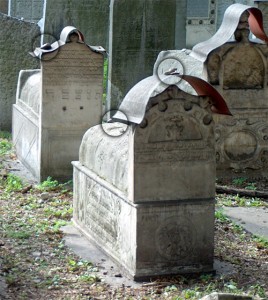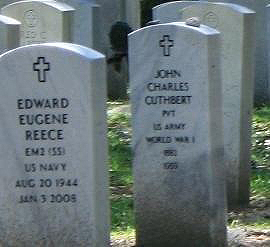 It is unlikely that you will see flower arrangements laid upon headstones in traditional Jewish cemeteries. Instead, you might notice heaps or mounds of pebbles atop of the grave sites. Large and small in no particular pattern or shape. This is an age-old Jewish tradition that takes roots from Biblical stories. It’s hard to tell exactly where the tradition originated, however, it is thought to go back to ancient times.
It is unlikely that you will see flower arrangements laid upon headstones in traditional Jewish cemeteries. Instead, you might notice heaps or mounds of pebbles atop of the grave sites. Large and small in no particular pattern or shape. This is an age-old Jewish tradition that takes roots from Biblical stories. It’s hard to tell exactly where the tradition originated, however, it is thought to go back to ancient times.
Evidence in Scripture
- In the book of Exodus Moses spent 40 years traveling from Egypt to Israel. Instead of burying their dead, they would cover the body with a sheet and then cover with rocks and pebbles to hold the sheet down.
- In the book of Exodus God manifested the 10 Commandments on a stone tablet in the presence of Moses.
- In the book of Exodus Moses is told by God to strike the rock at Horeb to bring forth water from the rock; this was done in front of the elders of Israel in God’s name.
- In the book of Genesis Abraham was told to build an altar (a mound of rocks) to sacrifice his only son, Isaac, as a test from God.
Adorning gravestones with pebbles
In Judaism it is customary for Stones of Remembrance to be placed on gravestones by family and friends visiting the departed.
What are Stones of Remembrance?
- It is Jewish custom to place a pebble on the headstone when you visit to show respect to the departed. These stones are called the “Stones of Remembrance.”
- When attending a Jewish burial each mourner will add a stone as a way to take part in the Mitzvah of Matzevah (Setting a Stone).
- Visitors add stones and pebbles to the grave monument throughout the years to show that they are never finished building the monument.
- Plucking grass from the cemetery is an old Jewish custom that represents one’s resurrection. Psalm 72:18 –They shall spring up as the grass of the field. (Often times you will see tufts of grass along with the pebbles.)
What do the pebbles symbolize?
 Rocks play a significant role in Judaism. Judaism refers to God as the “Rock of Israel,” and by placing rocks on someone’s gravestone it symbolizes His presence.
Rocks play a significant role in Judaism. Judaism refers to God as the “Rock of Israel,” and by placing rocks on someone’s gravestone it symbolizes His presence.
- The Wall of the Second Temple is one of Judaism’s most sacred shrines, constructed of rocks. Jewish altars are made of stones upon stones.
- The phrase “Teheye nishmato tsrurah b’tsror ha-chayyim” is commonly engraved on Jewish tombstones meaning, “May His soul be bound up in the bonds of eternal life.” The Hebrew word “Tsror” means pebbles.
- The Dome of the Rock is one of Jerusalem’s most famous sites. It sits upon what is considered to be the Sacred Rock where Abraham built his altar to sacrifice his son in the book of Exodus. It sits upon land that is considered to be the Holy of Holies in both Solomon and Herod’s Temples. It wasn’t until 688 AD that Islam arrived and the Dome of the Rock was built, which is now a Muslim shrine.
- The Hebrew word for STONE is EVEN. This word is a combination of two words, AV and BEN, both representing continuity.
Following Jewish tradition, a pebble on a headstone symbolizes the continuing presence of love and memories, which are as strong and durable as a rock. Placing a pebble on the gravestone is a way of honoring the deceased, as well as a way to show that family and friends have visited the grave.
Tags: Grave Markers, Memorial Service, Monuments